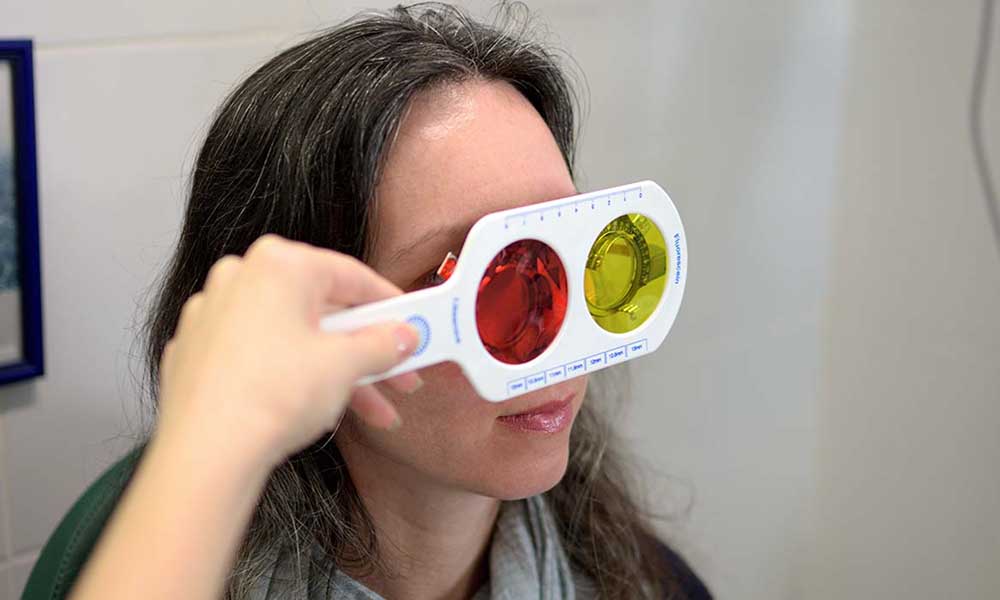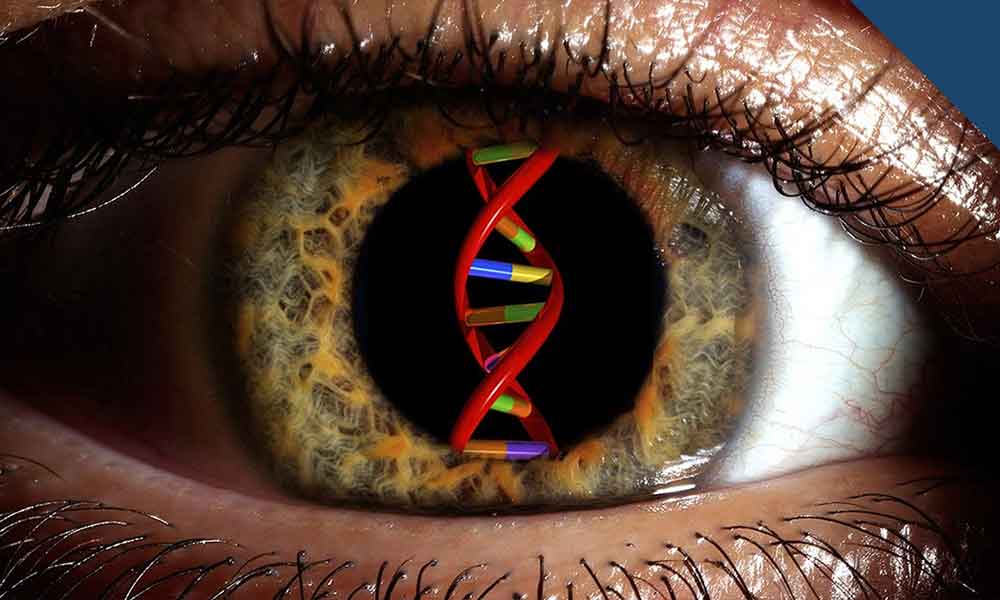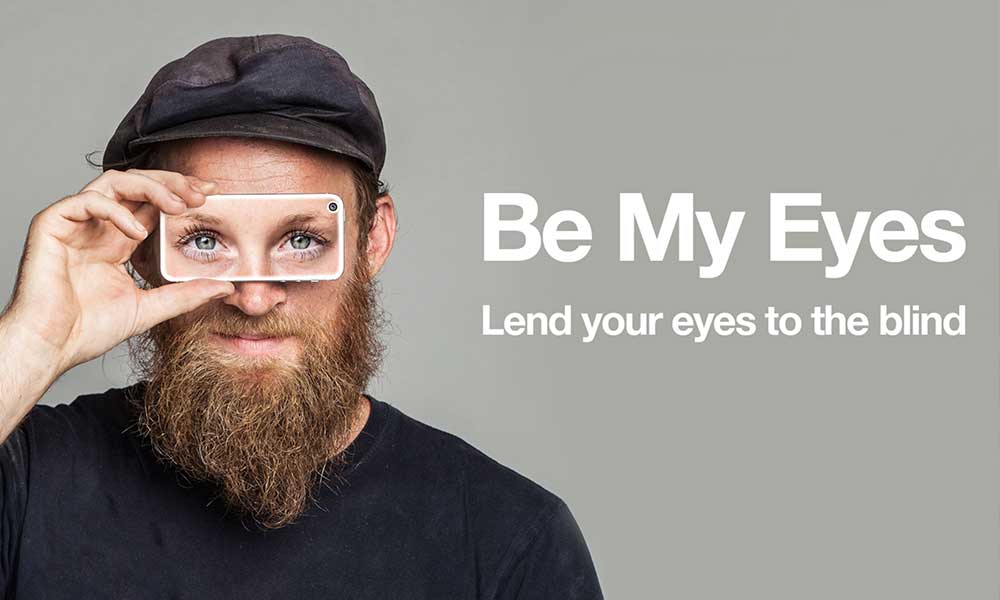Introduction
Imagine living in a world where you are unable to perceive the vivid colors that surround you each day. For approximately 300 million people globally, color blindness is an everyday reality that often comes with social stigma and misunderstanding. New research into gene therapy treatments offers hope that color vision may be restored. A cure could help dismantle prejudices faced by the color blind community.
Color blindness, or color vision deficiency, is the inability to see colors in a normal way. The most common forms are red-green color blindness, impacting the ability to distinguish shades of red and green. Living with color blindness poses challenges, from difficulties interpreting color-coded information to social awkwardness when colors are misidentified. However, the social stigma associated with color blindness may be the most problematic aspect, leading to bullying, isolation, and limited career opportunities.
Gene therapy holds promise as a potential cure for color blindness. By inserting a normal version of the gene associated with color vision, color blindness could theoretically be reversed. Should a cure become widely available, it may help address the social stigma surrounding color blindness and open up new possibilities for those with color vision deficiency. Overall, a cure could be life-changing.
The Challenges of Living With Color Blindness
Individuals with color blindness face significant challenges in their daily lives. The most common forms of color blindness are genetic, affecting males more frequently than females. The severity can range from minor inconveniences to dangerous situations.
- Difficulty distinguishing between certain colors leads to issues performing everyday tasks like cooking, gardening, and selecting clothing. Individuals may struggle to determine if meat is cooked, pick ripe fruit, or match outfits.
- Problems accurately interpreting traffic lights and signals can pose safety risks for the color blind. They may have trouble discerning the difference between red and green lights or seeing turn signals of other vehicles. This can lead to car accidents or difficulty obtaining a driver’s license.
- Limitations in color perception create obstacles in many careers and professions. Jobs requiring the ability to distinguish between wires, read color-coded charts, create visual designs, or identify color changes are often unsuitable for the color blind. This results in higher unemployment rates and more limited career options.
- Feelings of embarrassment or inadequacy are common due to a lack of public understanding about color blindness. Sufferers report being ridiculed or accused of lying about their condition. Greater awareness and acceptance of color vision deficiencies in society could help reduce stigma and prejudices faced by this population.
In summary, while minor for some, color blindness presents significant challenges that negatively impact safety, employment, and quality of life. Increased societal awareness and future treatments may help address these issues for the color blind community. With new technologies on the horizon, there is hope that one day color blindness may be a thing of the past.

Misconceptions About Color Blindness and the Social Stigma
Color blindness, or color vision deficiency (CVD), affects a significant portion of the population. However, there are many misconceptions about this condition that contribute to the social stigma surrounding it.
- CVD is not actually blindness. Individuals with CVD can see colors, but have difficulty distinguishing between certain shades, especially reds, greens, and blues. Only the most severe forms cause a complete inability to see colors.
- CVD is not a disease and is not contagious. It is a genetic condition caused by abnormalities in the genes responsible for color vision. Roughly 8% of males and 0.5% of females have some form of CVD.
- CVD does not affect intelligence or ability. While CVD may make some specific tasks like color-coding or electronic wiring more challenging, individuals with CVD can succeed in a wide range of careers and activities.
- There are no cures for most forms of CVD currently, though gene therapy and other treatments are being researched. However, stigmatizing and making insensitive comments about someone’s color blindness is unethical.
Educating others about the facts of color blindness can help reduce prejudice and misconceptions. Accommodating individuals with CVD through colorblind-friendly designs and accessibility options promotes an inclusive society where people of all abilities feel respected. Overall, understanding this common condition leads to greater empathy and compassion.
New Research on Potential Treatments and ‘Cures’ for Color Blindness
Gene Therapy Offers Hope for a Cure
Recent research has focused on potential treatments and ‘cures’ for color blindness, including gene therapy. Gene therapy involves delivering a healthy version of the mutated gene into the cells of the retina to restore color vision. In a study published in Nature, researchers used gene therapy to cure red-green color blindness in adult monkeys. Gene therapy for color blindness has also passed the first phase of safety testing in humans.
- In the monkey study, researchers injected a healthy version of the gene for red and green color vision (OPN1LW/OPN1MW) into the retinas of color blind monkeys. The treated monkeys gained trichromatic vision and the ability to discriminate between colors.
- The human clinical trial tested the safety of a similar gene therapy treatment developed by MeiraGTx, a biotech company. Patients reported no serious adverse side effects. Although the trial only tested safety, some patients anecdotally reported improvements in color vision.
If proven safe and effective, gene therapy could offer a long-lasting cure for color blindness. However, several challenges remain:
- Ensuring the healthy genes are delivered to enough retinal cells to restore color vision. The retina is difficult to reach, so improved delivery methods are needed.
- Preventing an immune system reaction to the virus used to deliver the healthy genes. The body may attack the virus, limiting effectiveness.
- Cost and access. Gene therapies are very expensive, often hundreds of thousands of dollars. They would need to become more affordable and widely available.
While still experimental, gene therapy offers hope that color blindness may someday be curable. Continued research and testing will help determine if these promising early results translate into a safe, effective, and accessible treatment option. Overall, the development of a cure could help combat the social stigma and difficulties faced by those with color vision deficiencies.
Gene Therapy as a Promising Treatment for Color Blindness
Gene therapy aims to grant trichromatic color vision to individuals with congenital color blindness. Researchers have developed gene therapy that restores the gene that codes for the missing or faulty light-sensitive pigment. Gene therapy has partly restored the function of the retina’s cone receptors in two children who were born completely colorblind.
Clinical Trials Show Promise
Clinical trials of gene therapy for color blindness have shown promising results. In a 2009 study, researchers used an adeno-associated virus to deliver a normal version of the gene for red-green color vision to adult males with the most common form of color blindness. The therapy led to modest improvements in color vision for some participants.
Restoring Color Vision in Children
More recently, gene therapy was used to restore color vision in two children who were born with complete color blindness. The therapy used a modified virus to deliver a normal version of the gene for blue cone receptors. A year after treatment, both children showed increased sensitivity to blue light and were better able to distinguish colors.
- The results suggest gene therapy could be used at an early age to restore trichromatic color vision in individuals with congenital color blindness.
- Additional research is still needed to improve the effectiveness and safety of gene therapies for color blindness before they are approved for widespread use.
- If proven safe and effective, gene therapy may help combat the social stigma experienced by many with color blindness and open up more career opportunities.
Gene therapy is a promising avenue of research for developing treatments to cure color blindness. Successful restoration of trichromatic color vision could help address the prejudice and disadvantage faced by those with color vision deficiency. Continued scientific progress may lead to approved gene therapies that provide life-changing benefits.

How Access to Treatment Could Help Reduce Prejudice Against the Color Blind
A Cure Could Reduce Prejudice Towards the Color Blind
Treatment for color blindness may help combat the social stigma and prejudice faced by those with the visual impairment. Currently, there is no widely available cure for color blindness, though gene therapies and specialized lenses show promise. Providing a cure could positively impact individuals in several ways:
- Allow full access to careers and professions currently limited. Many careers like electricians, pilots, and designers exclude those with color blindness due to safety and job requirements. A cure may open up more opportunities.
- Improve quality of life by enabling full enjoyment of visual arts and media. The color blind cannot fully appreciate colorful sunsets, paintings, films, etc. Treatment could resolve this limitation and enhance experiences.
- Reduce isolation and improve social connections. Not being able to see and share in colorful visual experiences can be alienating. A cure may allow for stronger social bonds and inclusion.
- Combat prejudice and discrimination. Unfortunately, the color blind face prejudice, stereotyping and stigmatization due to their visual impairment. Providing a widely available treatment could help address discriminatory views and give the color blind access to the same rights and respect as others.
In summary, while color blindness is a lifelong visual impairment for which there is currently no cure, emerging treatments provide hope. Access to a cure could positively transform the lives of the color blind by providing access to more opportunities and experiences, improving quality of life, strengthening social connections, and helping combat prejudice. Though still on the horizon, a cure for color blindness may be key to overcoming the social stigma surrounding this condition.
Resources for the Color Blind: Apps, Tools and Support Groups
Apps and Tools for the Color Blind
There are several resources available to help individuals with color blindness. Apps, tools and support groups aim to make daily life easier and help combat social stigmas.
Color Blind Pal is an application for iOS, Android and Mac that enables people with color blindness to see colors. It uses a digital color filter to adjust colors so that color blind individuals can distinguish between colors they typically confuse. The app allows users to scan and detect colors, as well as snap photos to determine the colors in them.
Be My Eyes is a free mobile app that connects blind and low-vision individuals with sighted volunteers through live video calls. The sighted volunteers describe the surrounding environment, read text or identify objects to provide assistance to the vision-impaired users. This tool can be useful for people with color blindness who have trouble discerning certain details in their environment or reading text.
We Are Colorblind is an online community dedicated to raising awareness about color blindness. The organization aims to educate the public about color vision deficiency and combat social stigmas associated with color blindness. The community provides resources for color blind individuals including information on diagnosis and treatment options, coping strategies, and opportunities to connect with others affected by color blindness.

Support Groups for the Color Blind
There are support groups and online communities available for people with color blindness. These groups allow individuals to connect with others sharing the condition, discuss challenges, provide advice and recommendations, and advocate for resources and accommodations for the color blind. Examples of support groups include:
- The Color Blind Awareness Organization which promotes color blindness education and resources.
- The Color Blind Network, an online forum for people with color vision deficiency.
- The Color Blind Support Group on Facebook which provides an online community and platform for discussion.
- The National Federation of the Blind, an organization advocating for the rights of people who are blind or have low vision which includes resources and a community for those with color blindness.
Through the use of specialized tools and with the support of advocacy groups, individuals with color blindness can access more resources to ease difficulties in their daily lives and work to eliminate prejudices associated with their condition. With greater awareness and accommodation, people of all types of color vision can feel more included and empowered.
Conclusion
In conclusion, although color blindness is typically thought of as only a minor inconvenience, for many it can lead to social stigma and difficulties navigating a world dominated by color. As science progresses, emerging gene therapies and other treatments offer hope that one day color blindness may be cured, allowing future generations to see the full vibrancy and beauty in the world around them. For now, promoting awareness and inclusiveness are important steps society can take to support those with color vision deficiencies and ensure they are given equal opportunities to thrive. Overall, continued progress in science and society may help make the world a little brighter for people of all abilities.































